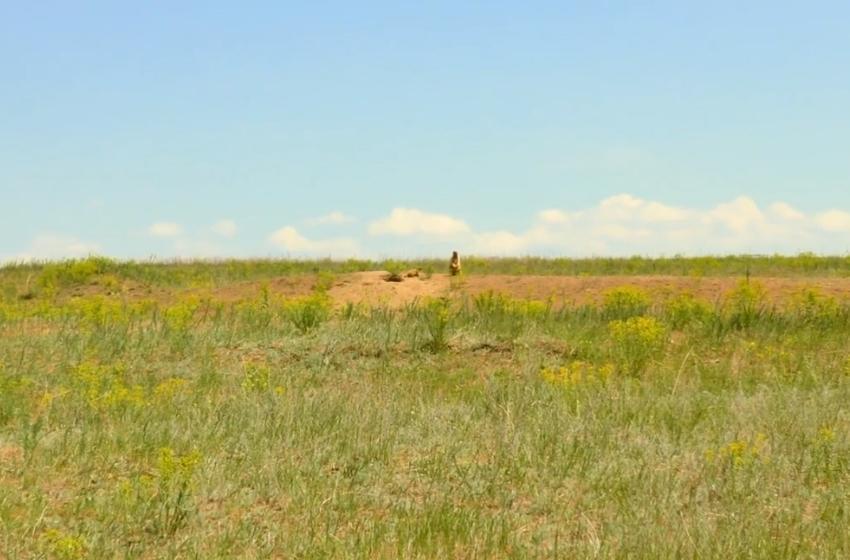A group of eight steppe marmots (3 males, 5 females), translocated to the Tarutino Steppe in southwest Ukraine in the autumn of 2020, are acclimatising well to their new home.
In the spring, the marmots, who settled in the picturesque steppe, had babies! It was counted six kids, but there may be more. Now the young marmots have grown up, are actively playing and exploring the steppe. The mother, as always, is on guard: isn't a cunning fox sneaking up, isn't a bird of prey flying in the sky?
The release of 8 marmots in the Tarutino steppe in 2020 was the first step in a long-term programme of the return (reintroduction) of the species to the region.
The marmot reintroduction is part of a larger rewilding initiative to enhance wild nature on the 8000-hectare Tarutino Steppe. Marmots form an important part of local food webs, while their burrows – which can be up to 20 metres long and as much as three metres below the surface of the ground – can have a positive impact on soil and groundwater. They also help to disperse seeds and create areas where a variety of plant species can establish themselves. This attracts insects, which birds and other animals feed on. In this way, small marmots help to restore the rich flora and fauna of the steppe.

The steppe marmot is a species of marmot (or ground squirrel) that inhabits the steppes of Eastern Europe and Central Asia, prospering on open rolling grasslands and along the edges of cultivated fields. They were once widespread in Ukraine, but rapidly disappeared from the nineteenth century onwards as a result of hunting and industrial agriculture.
The marmots that have been translocated to the Tarutino Steppe, where they are protected, were bred almost in wild conditions in the north of Ukraine’s Odessa region.





















